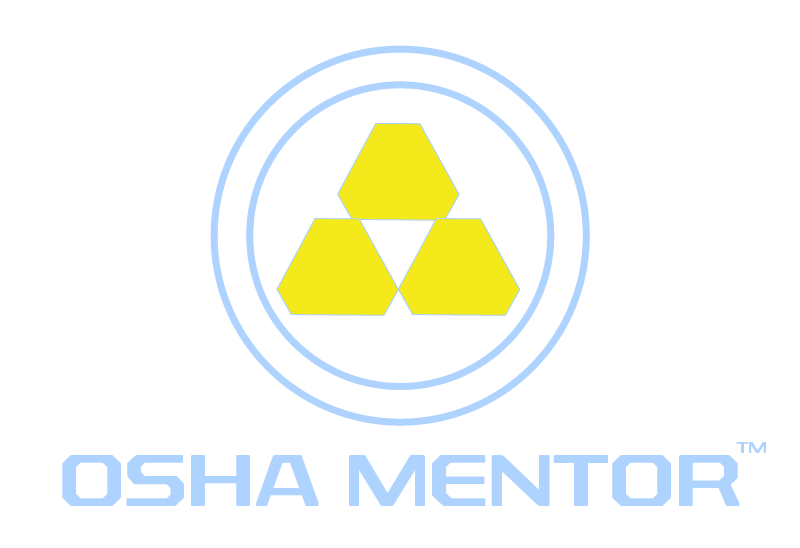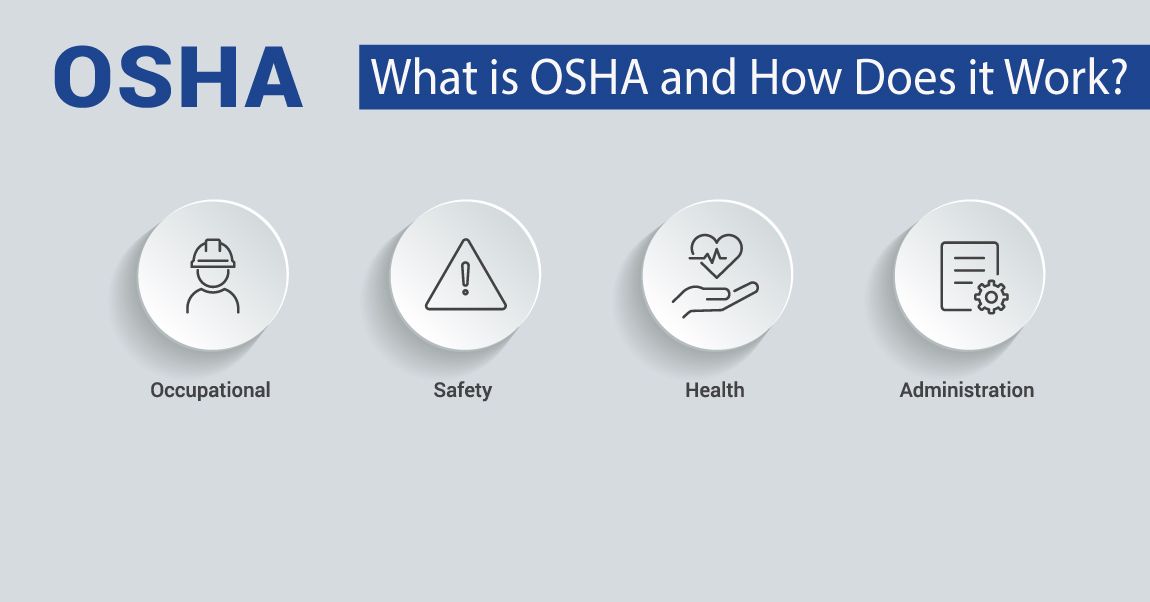
What is OSHA and How Does it Work?

The U.S. Department of Labor's mission is to enhance workers' well-being by improving their working conditions, increasing opportunities for profitable employment, and safeguarding their benefits. In order to fulfill this goal, the department oversees several federal labor laws, including those that ensure workers' rights to a safe and healthy workplace.
In 1970, Congress passed the Occupational Safety and Health (OSH) Act that created the Occupational Safety and Health Administration (OSHA). This is a division of the Department of Labor to establish and enforce safety and health standards. The OSHA law is the major regulation that protects health and safety in the workplace, and it imposes responsibilities not only on employers but also on employees. However, OSHA holds the employer ultimately responsible for the health and safety of employees. The regulatory framework of OSHA is very much “employer-centric” by having the employer responsible. This is very important to know going forward.
Your work with hazardous materials is primarily governed by OSHA regulations, which provide the foundation for a secure workplace if followed.
OSHA inspects workplaces and issues penalties for violations, and inspections are one of its most crucial activities, frequently being the means by which you will interact with OSHA. OSHA employs a priority ranking to determine which workplaces to inspect, beginning with imminent danger of death or injury, followed by catastrophes and fatal accidents, formal employee complaints, and finally routine health and safety inspections of high-hazard industries.
Who or What Does OSHA Cover?
OSHA is one of the more than 200 federal laws regulated and enforced by the Department of Labor, covering approximately 10 million employers and 125 million workers. These estimates are based on labor market conditions in 2023. OSHA determines which standards apply to workplaces and requires compliance with those standards and requirements. The agency covers all employees and employers under federal government authority and state programs (OSHA State Plans). Employers and employees can access training programs and hazard recognition tools through OSHA's website at osha.gov, which also has sections devoted to state programs, small businesses, construction, and other topics.
OSHA State Plans
The OSH Act of 1970 allows states to establish their own occupational safety and health plans in addition to the federal OSHA. These state standards must meet or exceed federal standards, and workers in states with their own OSHA plans are protected under both federal and state laws. In such cases, the state agency is typically the primary enforcement body, so if you have an issue, you should first contact the state OSHA
State Plans are OSHA-approved programs that address workplace safety and health operated by individual states or U.S. territories. Currently, 22 State Plans cover both private sector and state and local government workers, while six State Plans cover only state and local government workers. OSHA monitors State Plans to ensure they are at least as stringent as federal OSHA in protecting workers and preventing work-related injuries, illnesses, and deaths.
State Plans are OSHA-approved programs that address workplace safety and health operated by individual states or U.S. territories. Currently, 22 State Plans cover both private sector and state and local government workers, while six State Plans cover only state and local government workers. OSHA monitors State Plans to ensure they are at least as stringent as federal OSHA in protecting workers and preventing work-related injuries, illnesses, and deaths.
Related Articles
Sources
U.S. Occupational Safety and Health Administration
https://www.osha.gov/laws-regs/oshact/completeoshact
https://www.osha.gov/laws-regs/oshact/completeoshact
Write your awesome label here.

